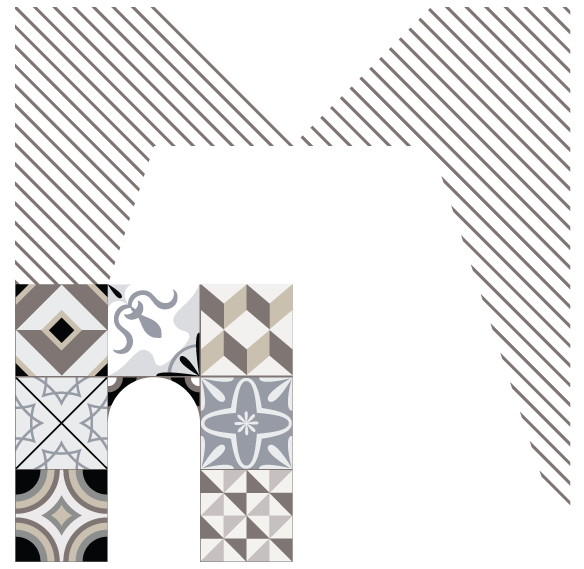The archaeological excavations of Herculaneum have restored the remains of the ancient city of Herculaneum, buried under a bush of ash, lapilli and mud during the eruption of Mount Vesuvius of 79, together with Pompeii, Stabiae and Oplonti.
Found casually following excavations for the construction of a well in 1709, archaeological investigations in Herculaneum began in 1738 to last until 1765; Resumed in 1823, interrupted again in 1875, until a systematic excavation promoted by Amedeo Maiuri since 1927: most of the finds found are hosted at the National Archaeological Museum of Naples, while in 2008 the birth of the virtual archaeological museum Shows the city before the eruption of Vesuvius.
The Ercolano site, run by the Pompeii Superintendence, is visited on average by three hundred thousand tourists each year: in 1997, together with the ruins of Pompeii and Oplonti, it became part of the UNESCO World Heritage List.

